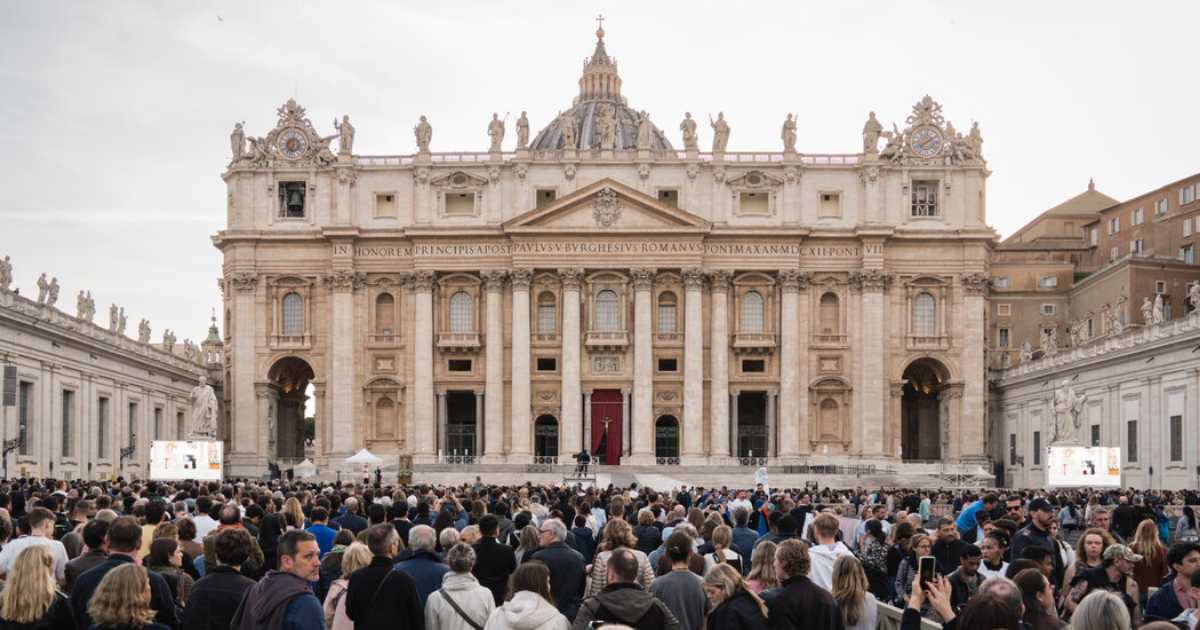The Vatican said on Monday that Pope Francis died of a stroke, followed by a coma and the collapse of his cardiovascular system.
A stroke occurs when the blood supply to the brain is disrupted, either because of a clot or bleeding in the brain. The declaration of death said Francis had Type 2 diabetes and high blood pressure, both of which can increase the risk of stroke. He also had a chronic lung condition called bronchiectasis, which can weaken and enlarge the airways and leave them more susceptible to infection.
When an infection occurs in a patient with bronchiectasis, “what can sometimes happen is things go from bad to worse,” said Dr. Burton Dickey, a pulmonary and critical care physician at MD Anderson Cancer Center in Houston. What might start out as a minor airway infection can extend into the tiny air sacs where the lungs and blood exchange oxygen and carbon dioxide, causing pneumonia. The pope was recently hospitalized for five weeks with pneumonia.
That, in turn, can increase the tendency for blood clots to form — and, therefore, increase the likelihood of stroke, Dr. Dickey said. A large stroke can lead to a coma, as occurred with Francis.
In a statement announcing the cause of death, the Vatican said that the stroke had led to “cardiocirculatory collapse,” which occurs when the heart and lungs can no longer function.
This is the final event in any death, explained Dr. Michelle Kittleson, a professor of cardiology at the Smidt Heart Institute at Cedars-Sinai in Los Angeles.
There are several ways that a stroke might lead to cardiocirculatory collapse, she said. A stroke can affect the parts of the brain that control heart function or it could cause brain swelling that creates pressure and moves brain tissue, leading the body to shut down.
In some patients, Dr. Kittleson said, a stroke could occur alongside or precipitate a heart attack, which itself can lead to the collapse of the cardiocirculatory system.
